Home>Renovation & DIY>Home Renovation Guides>How To Fix A Crawl Space Foundation
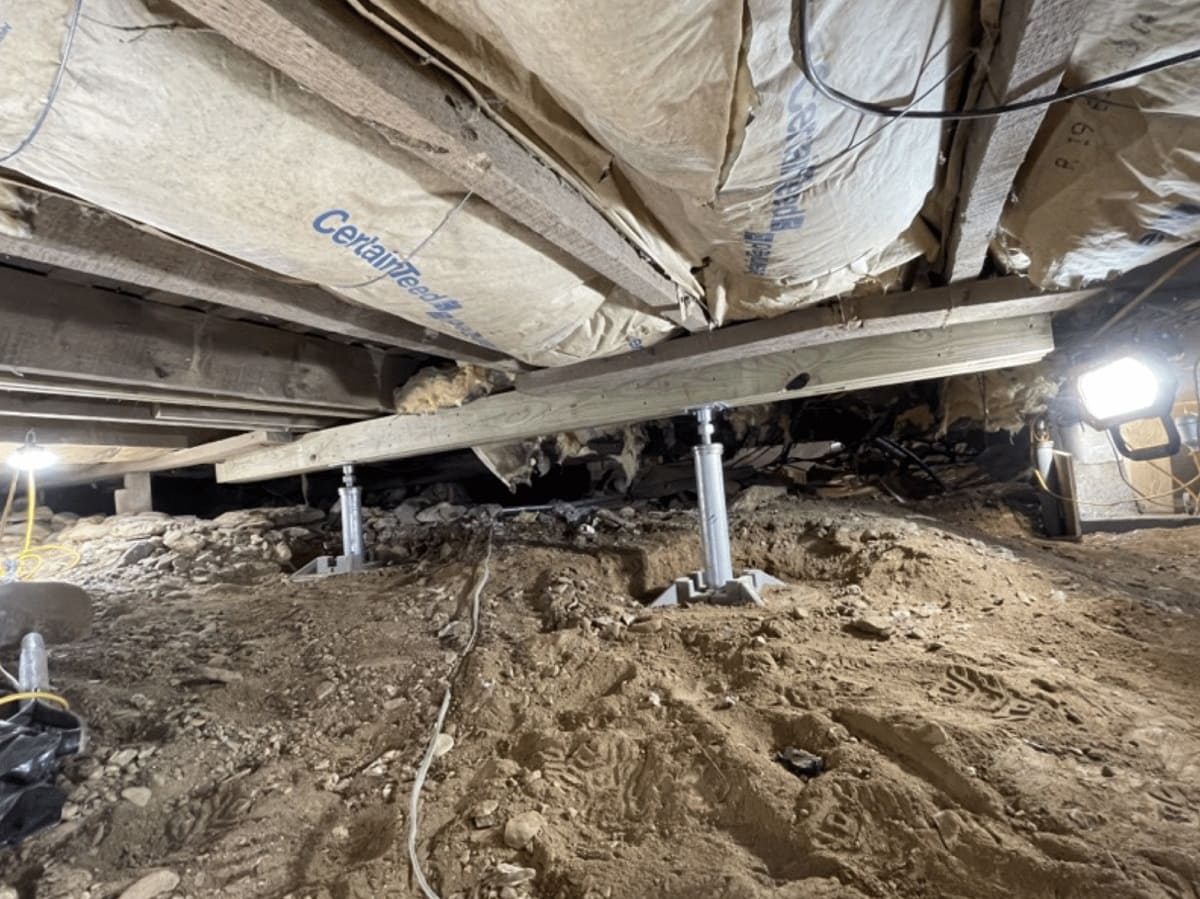

Home Renovation Guides
How To Fix A Crawl Space Foundation
Modified: March 21, 2024
Learn how to fix a crawl space foundation with our comprehensive home renovation guide. Get expert tips and advice for a successful project.
(Many of the links in this article redirect to a specific reviewed product. Your purchase of these products through affiliate links helps to generate commission for Storables.com, at no extra cost. Learn more)
Introduction
A solid foundation is the bedrock of a sturdy home, providing stability and support for the entire structure. However, when issues arise in the crawl space foundation, it can lead to a myriad of problems that affect the integrity of the entire house. From sagging floors to cracks in the walls, the repercussions of a compromised crawl space foundation can be both alarming and costly.
In this comprehensive guide, we will delve into the signs, causes, and solutions for addressing crawl space foundation issues. Whether you're a homeowner seeking to understand potential problems or a DIY enthusiast ready to tackle the task, this article will equip you with the knowledge needed to navigate the complexities of crawl space foundation repair.
Understanding the warning signs and root causes of crawl space foundation problems is crucial for taking proactive measures to safeguard your home. By identifying these issues early on, you can prevent further damage and mitigate the need for extensive repairs down the line. Additionally, we will explore the steps involved in fixing a crawl space foundation, providing valuable insights into the process and the considerations to keep in mind.
Furthermore, we will address the age-old debate of hiring a professional versus opting for a do-it-yourself approach. While some homeowners may prefer the hands-on experience of DIY repairs, others may find peace of mind in entrusting the task to seasoned professionals. We will weigh the pros and cons of each option, empowering you to make an informed decision that aligns with your specific circumstances.
By the end of this guide, you will have a comprehensive understanding of crawl space foundation issues and the necessary steps to rectify them. Whether you're seeking to bolster your home's structural integrity or simply expand your knowledge in home maintenance, this article will serve as a valuable resource in your journey toward a secure and resilient living space.
Key Takeaways:
- Addressing crawl space foundation issues is crucial for maintaining a sturdy home. Recognizing warning signs, understanding causes, and implementing effective solutions can safeguard your property from costly damage.
- Homeowners facing crawl space foundation problems can choose between hiring a professional or DIY approach. Carefully evaluate capabilities, resources, and the scope of repairs to make an informed decision.
Read more: What Is A Crawl Space Foundation
Signs of Crawl Space Foundation Problems
Recognizing the signs of crawl space foundation problems is essential for homeowners to address issues before they escalate into major structural concerns. Here are the key indicators that may signal underlying problems with the crawl space foundation:
-
Sagging Floors: One of the most noticeable signs of crawl space foundation issues is the presence of sagging or uneven floors. If you observe areas where the floor seems to slope or dip, it could indicate that the foundation beneath is compromised.
-
Cracks in Walls and Floors: As the foundation shifts or settles, it can cause visible cracks to appear in the walls, especially near door frames and windows. Additionally, cracks in the flooring, such as tiles or hardwood, may indicate underlying foundation problems.
-
Uneven Doors and Windows: Difficulty in opening or closing doors and windows, or gaps around the frames, can be attributed to foundation issues. When the foundation shifts, it can affect the alignment of the door and window frames, leading to noticeable irregularities.
-
Musty Odors and Mold Growth: A damp or musty odor emanating from the crawl space can be a sign of excess moisture, which may result from foundation cracks or poor ventilation. Furthermore, the presence of mold or mildew in the crawl space indicates a moisture-related issue that warrants immediate attention.
-
Pest Infestations: Insects and rodents are adept at exploiting even the smallest openings in a home's foundation. If you notice an increase in pest activity within your home, it could be a sign of compromised crawl space integrity.
-
Visible Foundation Cracks: Inspect the exterior of your home for visible cracks in the foundation. While hairline cracks are common and may not necessarily indicate a serious problem, larger or widening cracks should be evaluated by a professional.
-
Bowing or Leaning Walls: If you notice that the walls in your home are bowing or leaning, it could be a result of foundation settlement or shifting. This can be particularly concerning and should be addressed promptly.
By remaining vigilant and attuned to these warning signs, homeowners can promptly address crawl space foundation problems, preventing further damage and ensuring the long-term stability of their homes.
Common Causes of Crawl Space Foundation Issues
The crawl space foundation of a home can be susceptible to various issues stemming from a range of factors. Understanding the common causes behind these problems is crucial for homeowners seeking to address and prevent potential structural concerns. Here are the primary culprits contributing to crawl space foundation issues:
-
Moisture and Water Intrusion: Excessive moisture in the crawl space can lead to a host of problems, including wood rot, mold growth, and compromised structural integrity. Water intrusion may result from poor drainage, plumbing leaks, or inadequate vapor barriers, creating an environment conducive to foundation damage.
-
Soil Settlement and Shifting: The natural movement of the soil beneath a home can exert significant pressure on the foundation over time. Factors such as soil erosion, expansive clay soils, and improper compaction during construction can contribute to soil settlement, causing the foundation to shift and settle unevenly.
-
Inadequate Ventilation: Poor ventilation in the crawl space can lead to moisture buildup, creating a breeding ground for mold, mildew, and wood decay. Insufficient airflow exacerbates moisture-related issues, potentially compromising the structural integrity of the foundation.
-
Poor Drainage and Grading: Improper drainage around the perimeter of the home can result in water pooling near the foundation. This can lead to hydrostatic pressure, causing the foundation to crack or bow under the weight of the accumulated water. Similarly, inadequate grading can direct water toward the foundation, exacerbating moisture-related problems.
-
Invasive Tree Roots: The presence of large trees near the home can pose a threat to the crawl space foundation. As tree roots expand and seek moisture, they can exert pressure on the foundation, leading to cracks and structural damage over time.
-
Construction Defects: Flaws in the original construction of the home, such as inadequate reinforcement, substandard materials, or improper foundation design, can contribute to long-term issues in the crawl space foundation.
-
External Factors: Environmental events, such as seismic activity, extreme weather conditions, or nearby construction work, can impact the stability of the crawl space foundation, potentially leading to structural damage.
By recognizing these common causes of crawl space foundation issues, homeowners can take proactive measures to mitigate risks and safeguard their homes against potential structural concerns. Addressing these underlying factors is essential for maintaining a stable and resilient foundation, ensuring the long-term integrity of the entire home.
Steps to Fix a Crawl Space Foundation
Addressing crawl space foundation issues requires a systematic approach to ensure effective and lasting solutions. From initial assessment to the implementation of remedial measures, the following steps outline the comprehensive process of fixing a crawl space foundation:
-
Professional Inspection: Begin by enlisting the expertise of a qualified foundation specialist to conduct a thorough inspection of the crawl space. This assessment will involve evaluating the extent of the damage, identifying underlying causes, and determining the most suitable repair methods.
-
Moisture Management: Address any moisture-related issues in the crawl space by implementing proper moisture management strategies. This may include installing vapor barriers, improving ventilation, and addressing drainage concerns to mitigate the risk of future moisture intrusion.
-
Foundation Repairs: Depending on the nature of the foundation issues, repairs may involve stabilizing the foundation, reinforcing structural supports, and addressing any existing damage such as cracks or settlement. Common repair methods include underpinning, hydraulic lifting, and the installation of support piers to restore stability and alignment.
-
Structural Reinforcement: Implement measures to reinforce the structural integrity of the crawl space foundation. This may involve repairing or replacing damaged support beams, joists, and subflooring to ensure the overall stability of the structure.
-
Pest Control: Address any pest-related concerns by implementing measures to prevent future infestations. This may include sealing entry points, installing pest barriers, and addressing conducive conditions to deter insects and rodents from compromising the crawl space.
-
Post-Repair Evaluation: Following the completion of repairs, conduct a comprehensive evaluation to ensure that the crawl space foundation has been effectively restored. This may involve additional inspections and testing to verify the structural integrity and resilience of the repaired foundation.
-
Preventative Maintenance: Implement a proactive maintenance plan to prevent future crawl space foundation issues. This may include regular inspections, ongoing moisture management, and addressing any potential risk factors to maintain the long-term stability of the foundation.
By following these steps, homeowners can effectively address crawl space foundation issues and restore the structural integrity of their homes. Whether working with professionals or undertaking DIY repairs, a systematic and thorough approach is essential for achieving lasting and reliable solutions.
Hiring a Professional vs. DIY
When faced with crawl space foundation issues, homeowners are often confronted with the decision of whether to enlist the services of a professional contractor or embark on a do-it-yourself (DIY) approach. Both options present distinct advantages and considerations, and the choice ultimately hinges on factors such as expertise, time constraints, and the complexity of the repairs.
Read more: How To Fix Water In Crawl Space
Hiring a Professional
Engaging a professional foundation repair contractor offers several compelling benefits. These experts possess specialized knowledge, extensive experience, and access to advanced equipment, enabling them to accurately diagnose issues and implement effective solutions. By entrusting the task to professionals, homeowners can benefit from the assurance of quality workmanship and the expedited completion of repairs.
Furthermore, professional contractors are well-versed in local building codes and regulations, ensuring that the repairs comply with the necessary standards. Their expertise in navigating permit requirements and adhering to industry best practices can alleviate the burden on homeowners, streamlining the entire repair process.
Additionally, hiring a professional for crawl space foundation repairs can provide peace of mind, as these contractors typically offer warranties on their work. This safeguard ensures that homeowners are protected in the event of any unforeseen issues arising from the repairs, offering a layer of security and reassurance.
DIY Approach
Opting for a DIY approach to crawl space foundation repairs empowers homeowners to take a hands-on role in addressing the issues affecting their homes. This approach may be appealing to those with a penchant for home improvement projects and a desire to exercise full control over the repair process.
Undertaking DIY repairs can also yield cost savings, as homeowners can avoid the labor costs associated with hiring a professional contractor. Moreover, the satisfaction of successfully completing repairs independently can be a rewarding experience, fostering a sense of accomplishment and ownership of the home's maintenance and upkeep.
However, it is crucial for homeowners to realistically assess their skill level, available time, and the complexity of the repairs before opting for the DIY route. Crawl space foundation repairs often demand a high degree of technical expertise and specialized equipment, and attempting complex repairs without the requisite knowledge can lead to subpar results and potential safety hazards.
Making an Informed Decision
Ultimately, the decision to hire a professional or pursue a DIY approach for crawl space foundation repairs should be based on a careful evaluation of individual capabilities, resources, and the scope of the repairs. While DIY enthusiasts may relish the challenge of tackling repairs themselves, those facing complex or extensive foundation issues may find that the expertise and efficiency of professional contractors offer the most reliable and expedient solution.
In some cases, a hybrid approach may also be viable, wherein homeowners undertake certain aspects of the repairs while enlisting professional assistance for specialized tasks. By weighing the pros and cons of each option and considering the specific requirements of the repairs, homeowners can make an informed decision that aligns with their preferences, capabilities, and the long-term integrity of their homes.
Ensure proper ventilation in the crawl space to prevent moisture buildup and potential foundation damage. Use a vapor barrier to cover the ground and insulate the walls to maintain a dry and stable environment.
Conclusion
In conclusion, addressing crawl space foundation issues is a critical aspect of maintaining the structural integrity and longevity of a home. By recognizing the warning signs, understanding the underlying causes, and implementing effective solutions, homeowners can safeguard their properties against the detrimental effects of foundation problems. The importance of proactive maintenance and timely repairs cannot be overstated, as neglecting crawl space issues can lead to escalating damage and costly remediation efforts.
Throughout this guide, we have explored the telltale signs of crawl space foundation problems, ranging from sagging floors and wall cracks to moisture-related issues and pest infestations. These indicators serve as valuable cues for homeowners to take prompt action and seek professional assessments to address potential concerns.
Moreover, we have delved into the common causes behind crawl space foundation issues, shedding light on factors such as moisture intrusion, soil settlement, and construction defects. Understanding these underlying culprits empowers homeowners to implement preventative measures and mitigate risks, thereby fortifying their homes against foundation-related challenges.
The comprehensive steps outlined for fixing a crawl space foundation underscore the systematic approach required to achieve lasting and reliable solutions. From professional inspections and moisture management to structural repairs and preventative maintenance, each step plays a crucial role in restoring the stability and resilience of the foundation.
The deliberation on hiring a professional versus pursuing a DIY approach has provided valuable insights into the considerations that influence this pivotal decision. Whether opting for the expertise of professional contractors or undertaking repairs independently, homeowners are encouraged to make informed choices that align with their capabilities, resources, and the complexity of the repairs at hand.
Ultimately, this guide serves as a comprehensive resource for homeowners, equipping them with the knowledge and insights needed to navigate the complexities of crawl space foundation issues. By remaining vigilant, addressing concerns proactively, and seeking professional guidance when necessary, homeowners can ensure that their homes stand on a solid and secure foundation for years to come.
Frequently Asked Questions about How To Fix A Crawl Space Foundation
Was this page helpful?
At Storables.com, we guarantee accurate and reliable information. Our content, validated by Expert Board Contributors, is crafted following stringent Editorial Policies. We're committed to providing you with well-researched, expert-backed insights for all your informational needs.
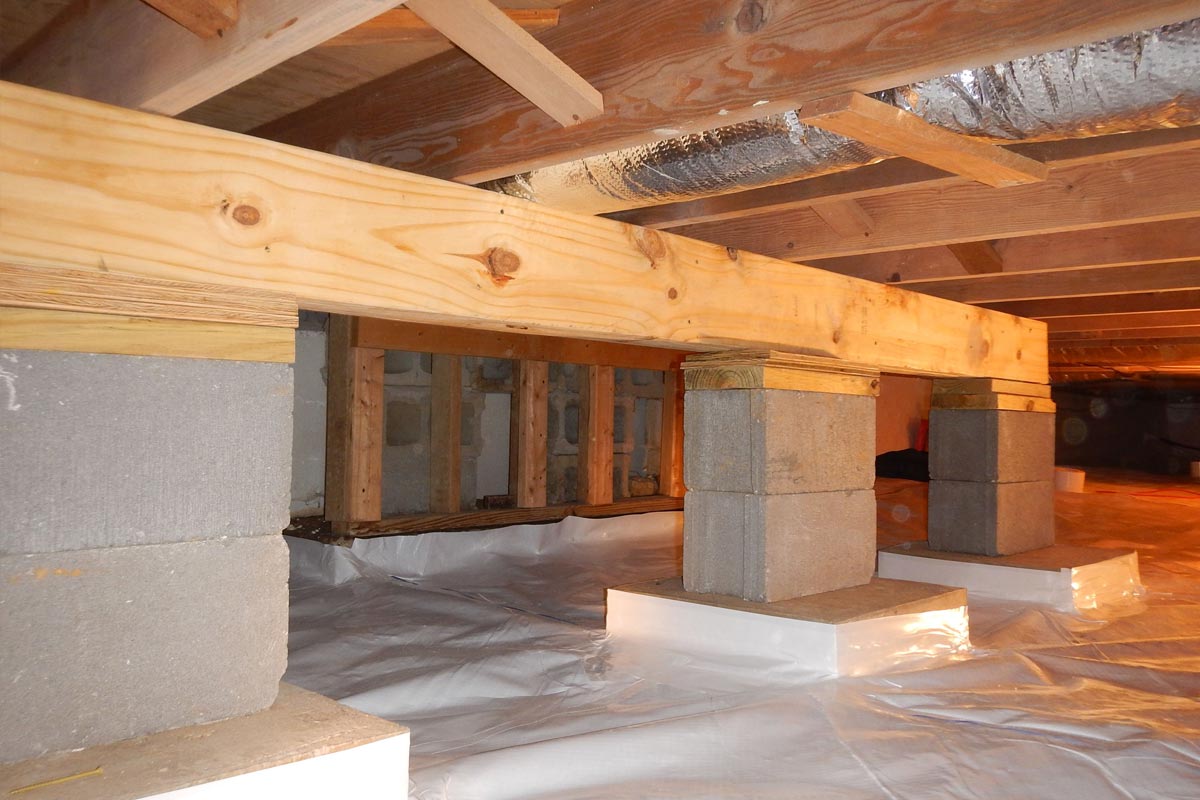
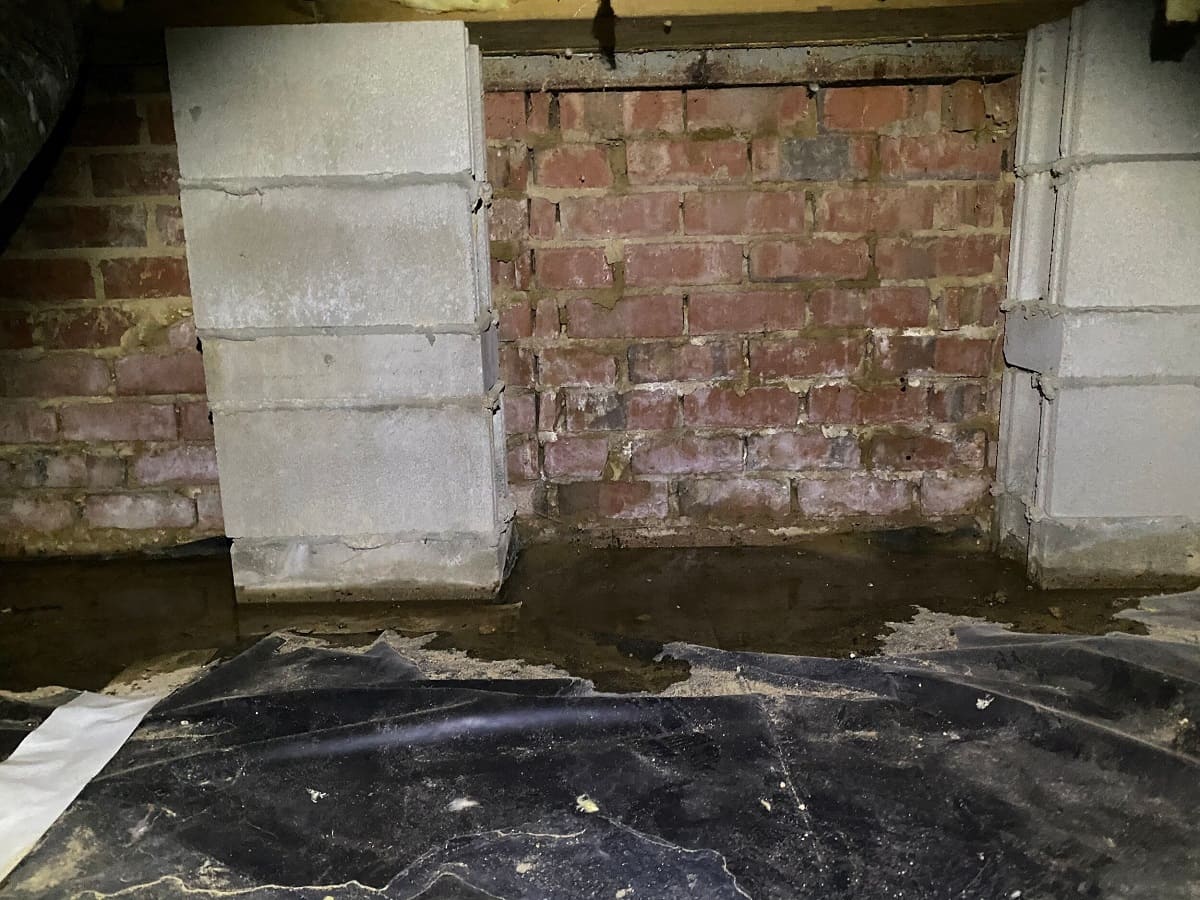
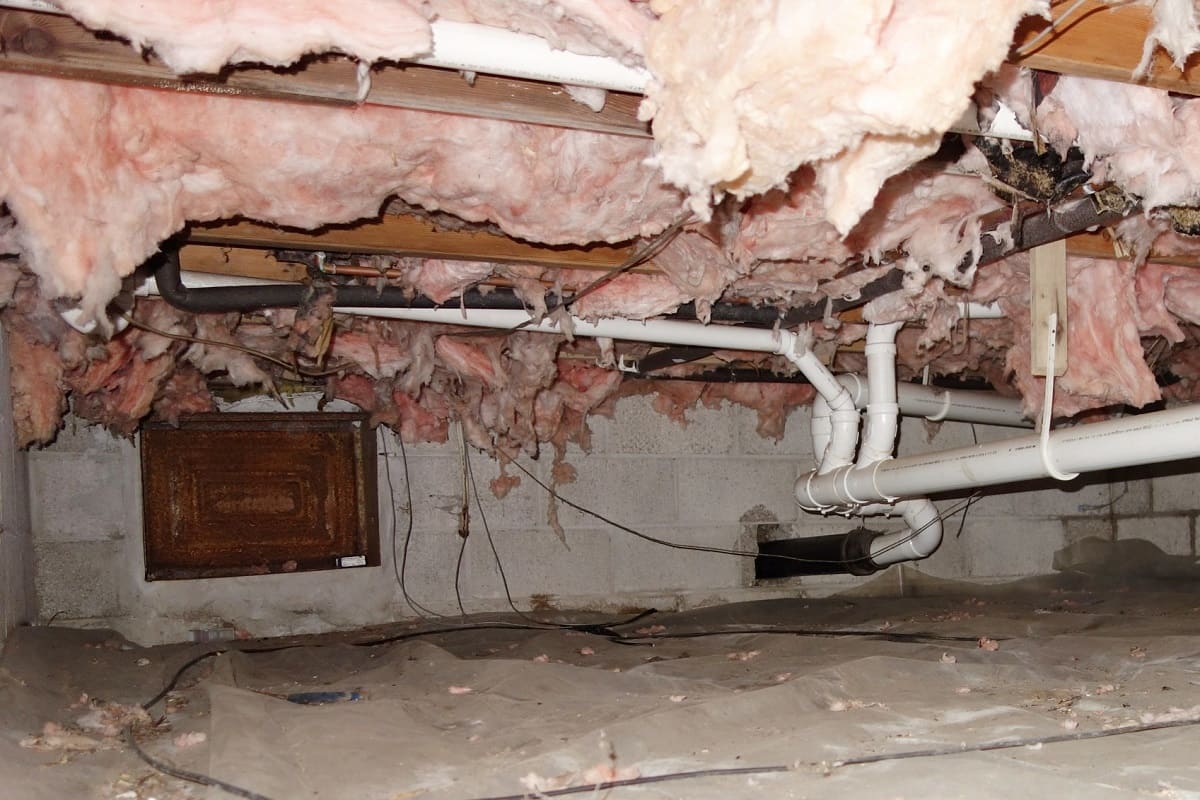
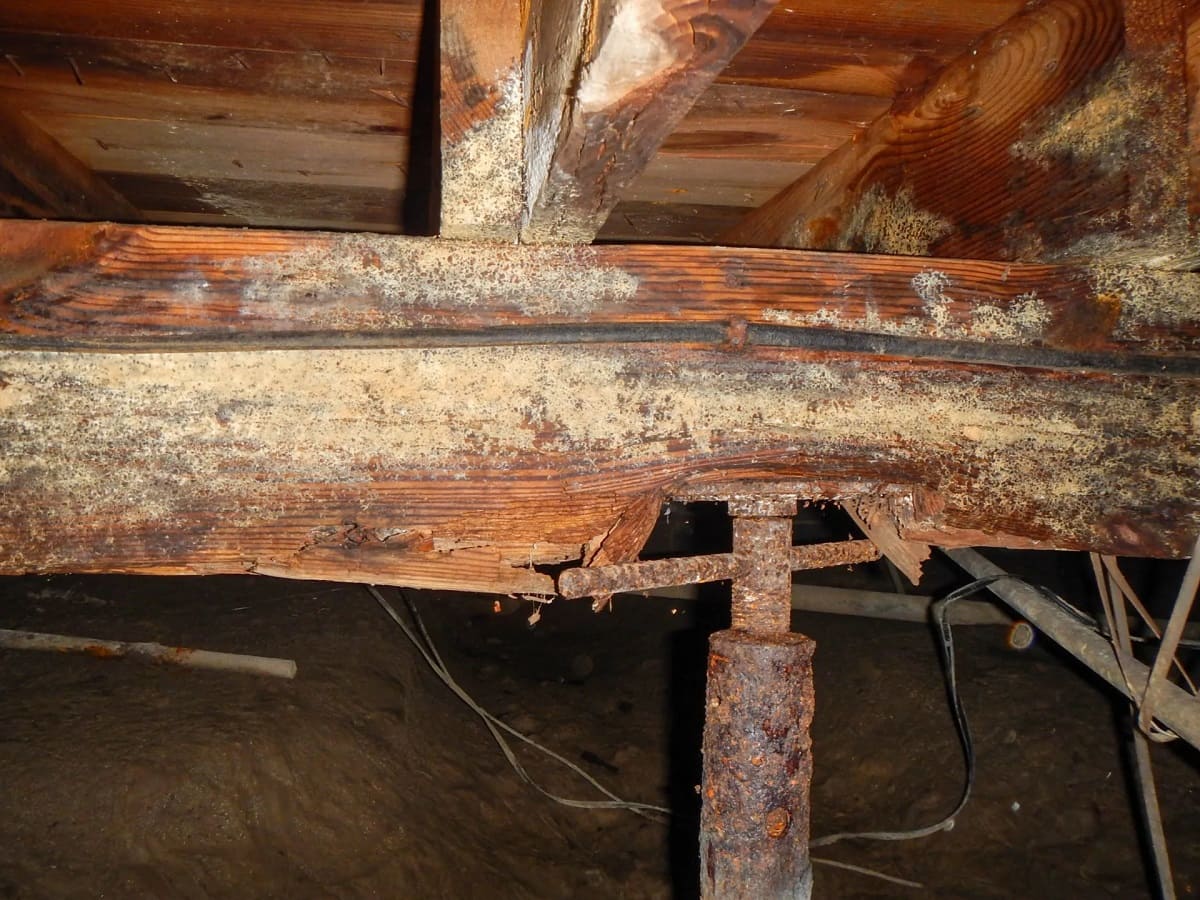
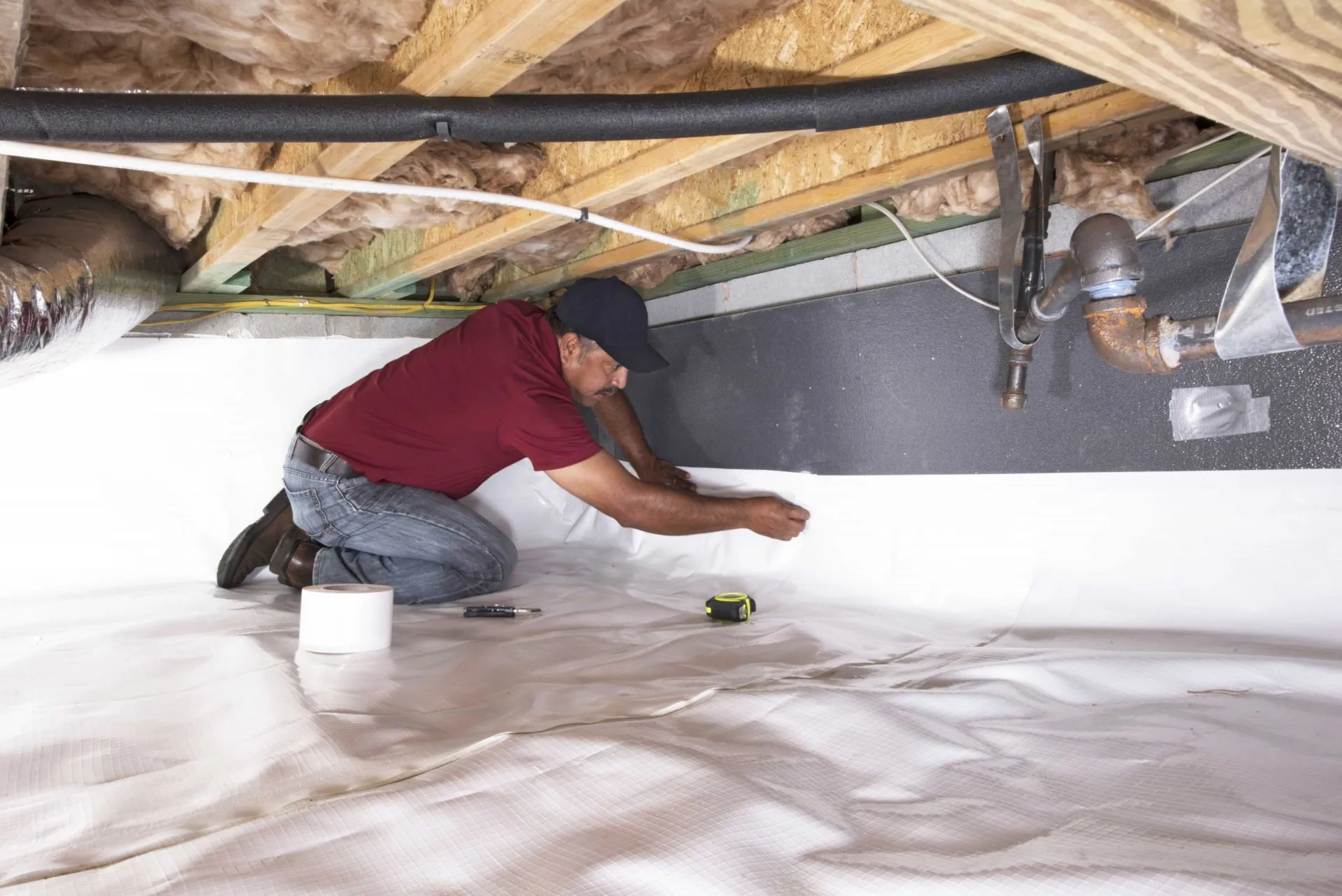
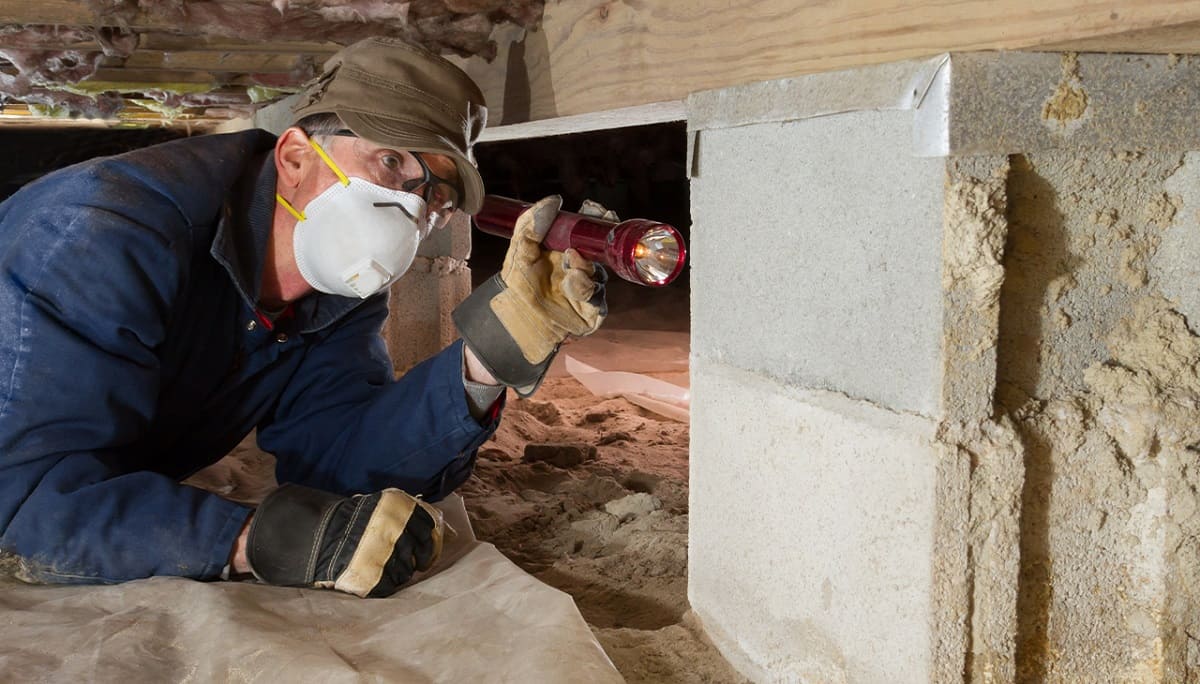
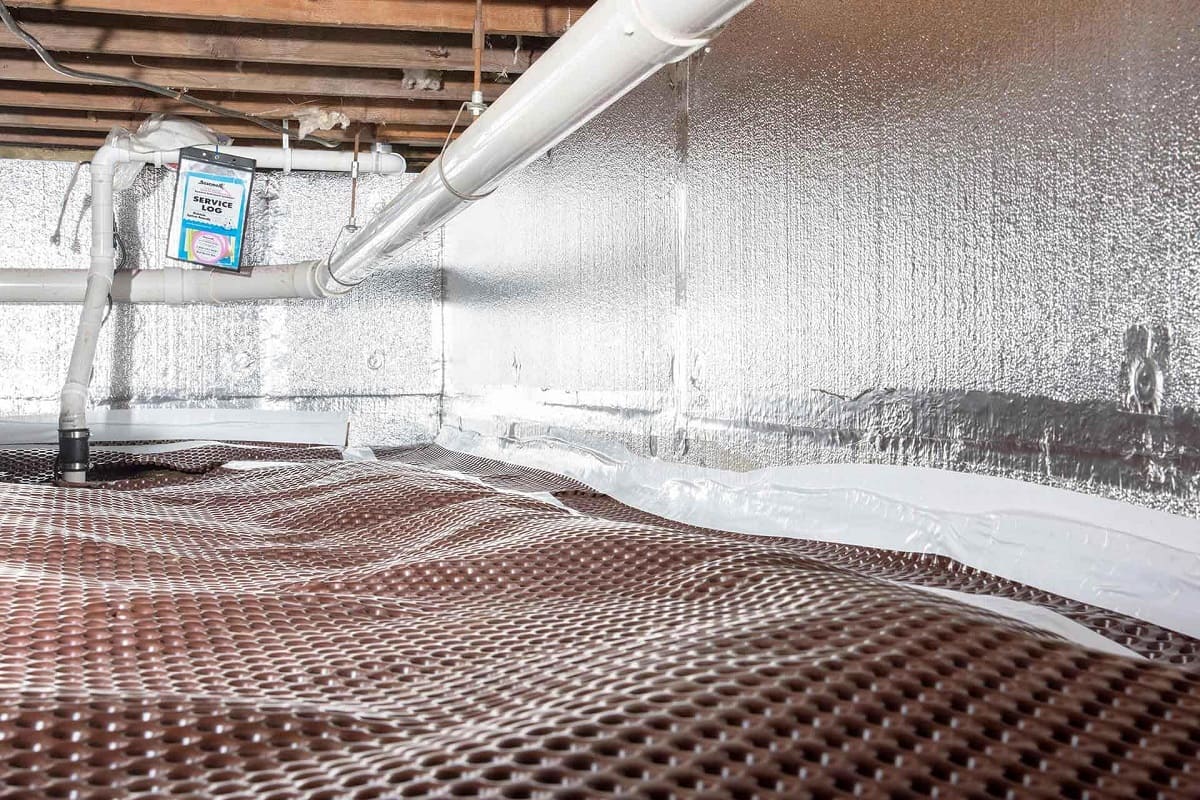
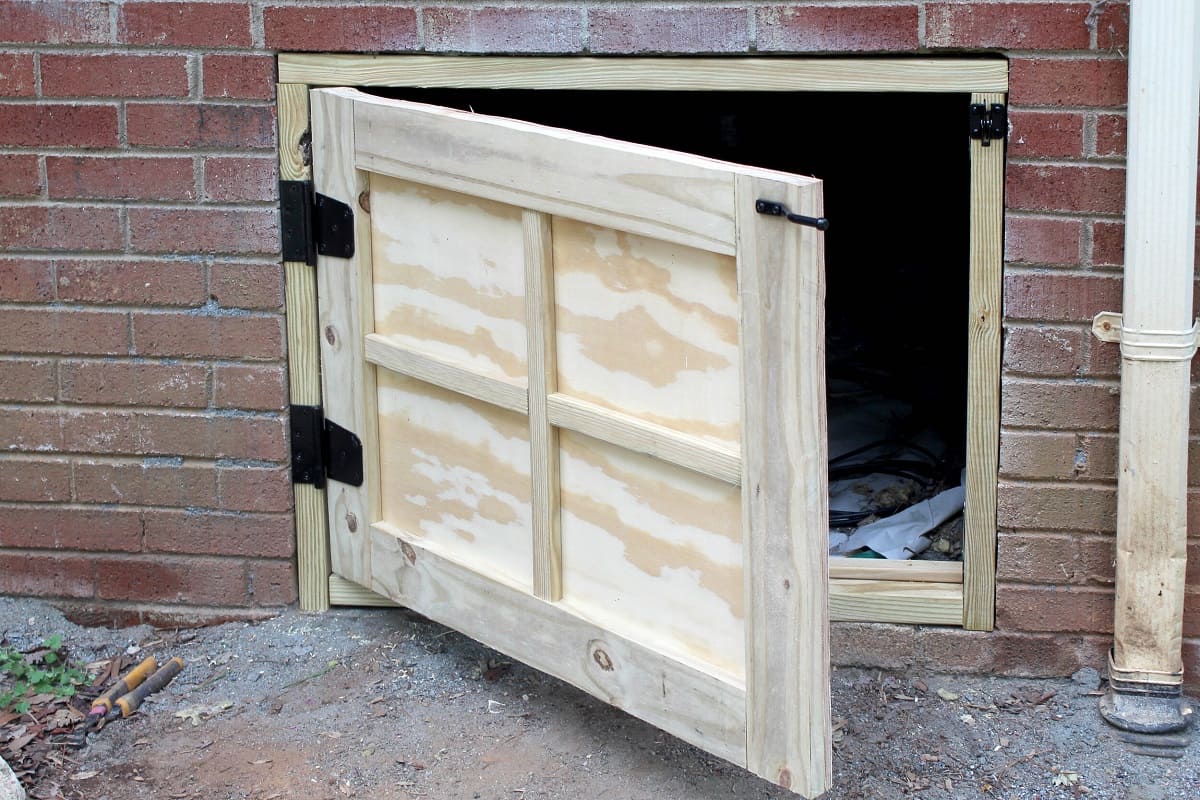
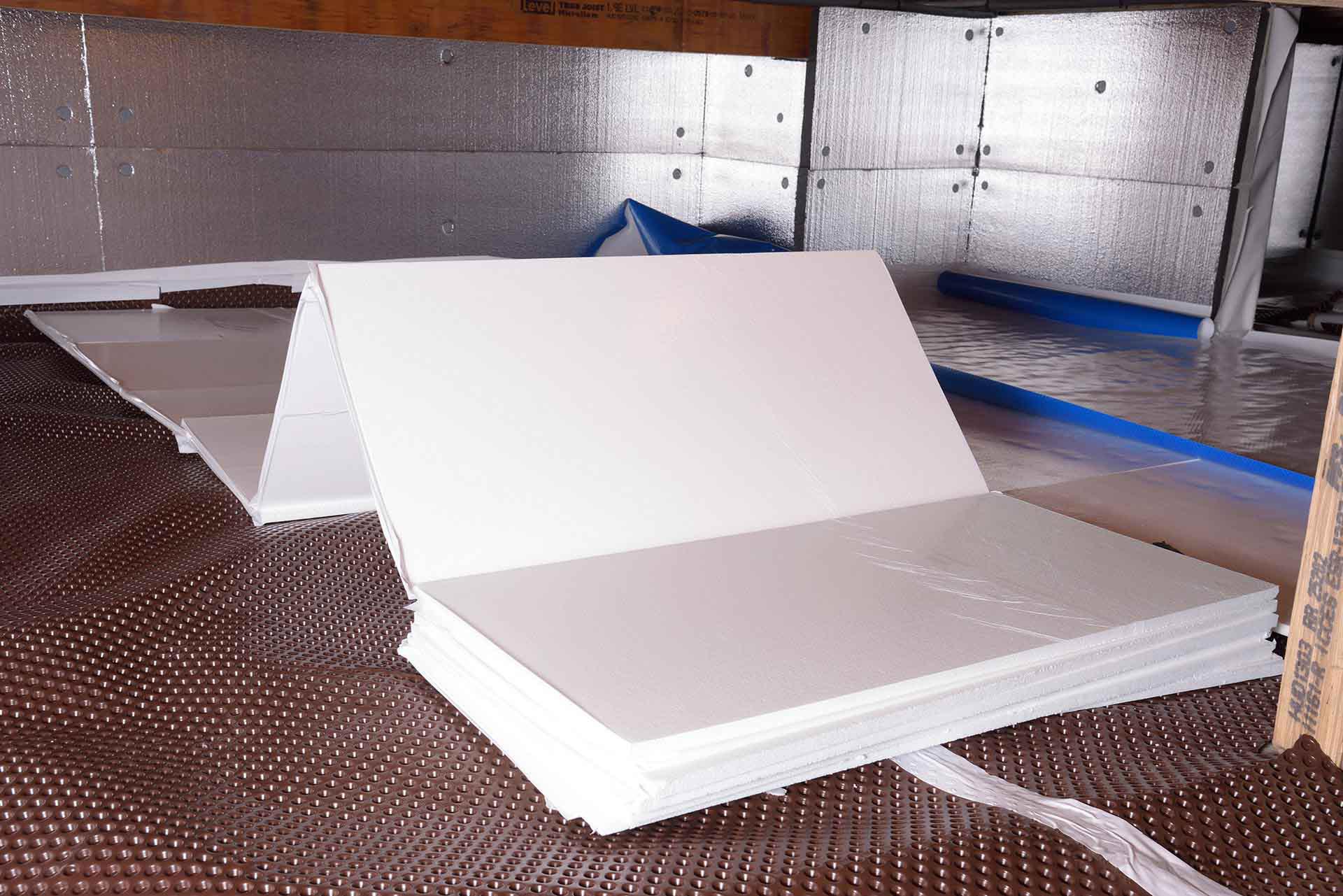
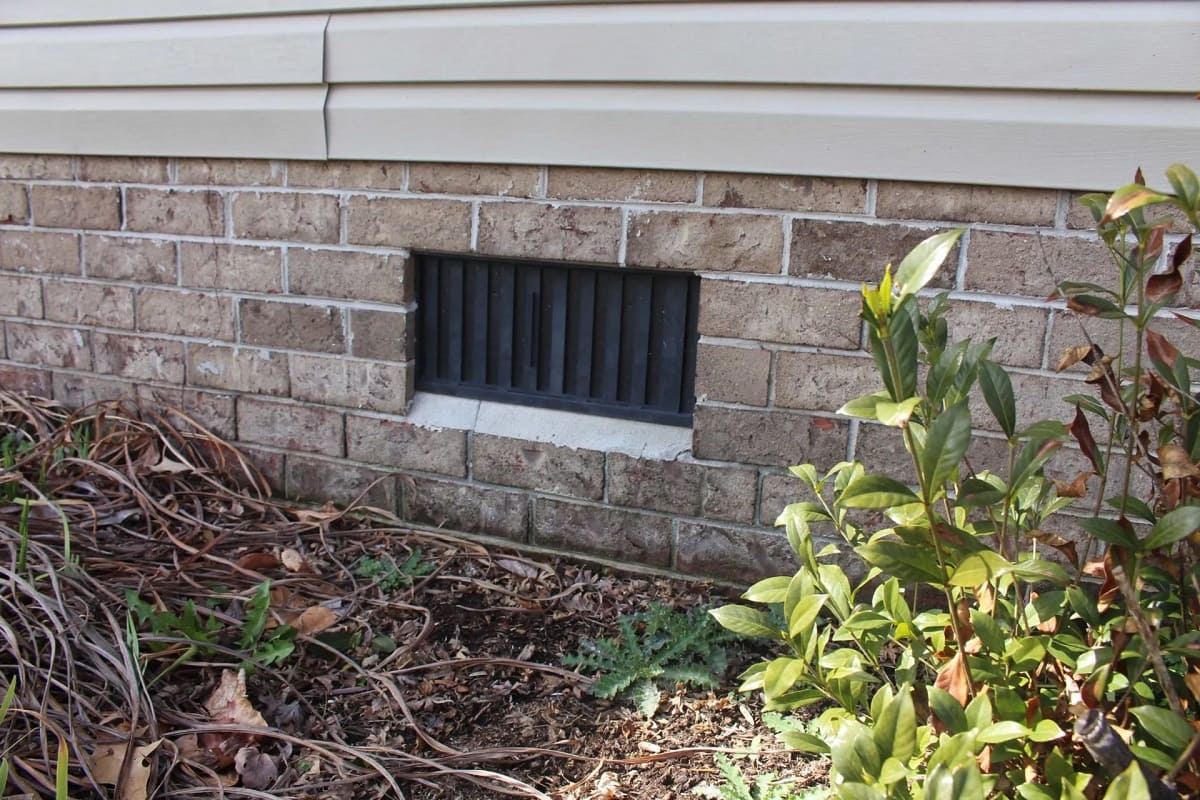
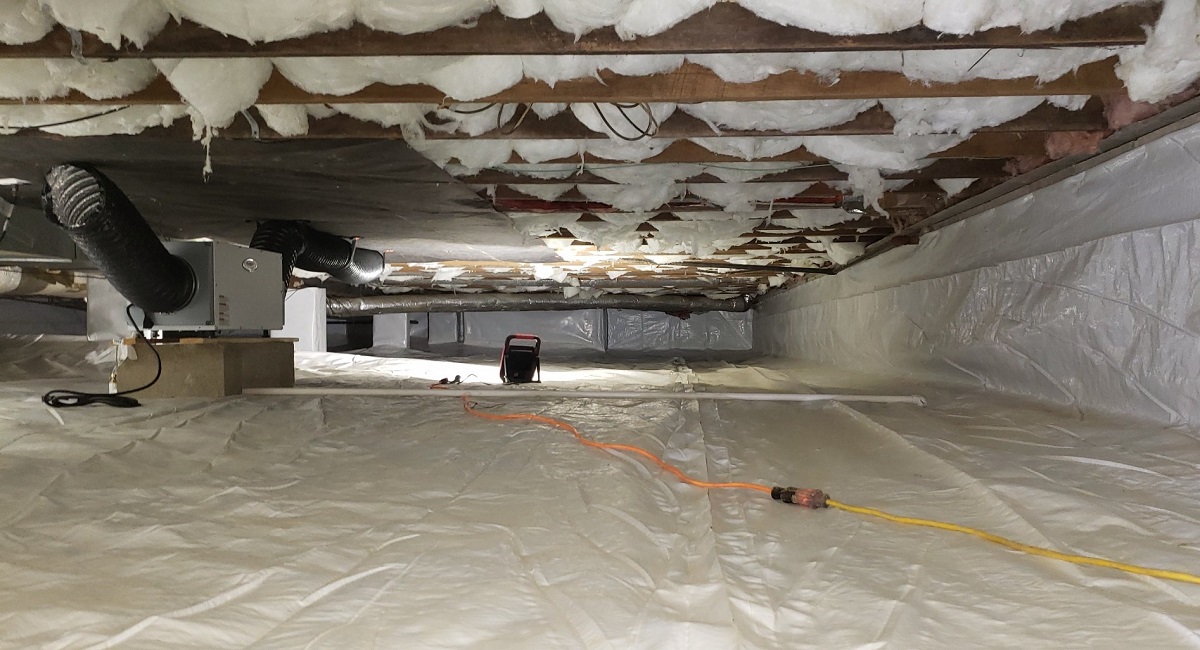
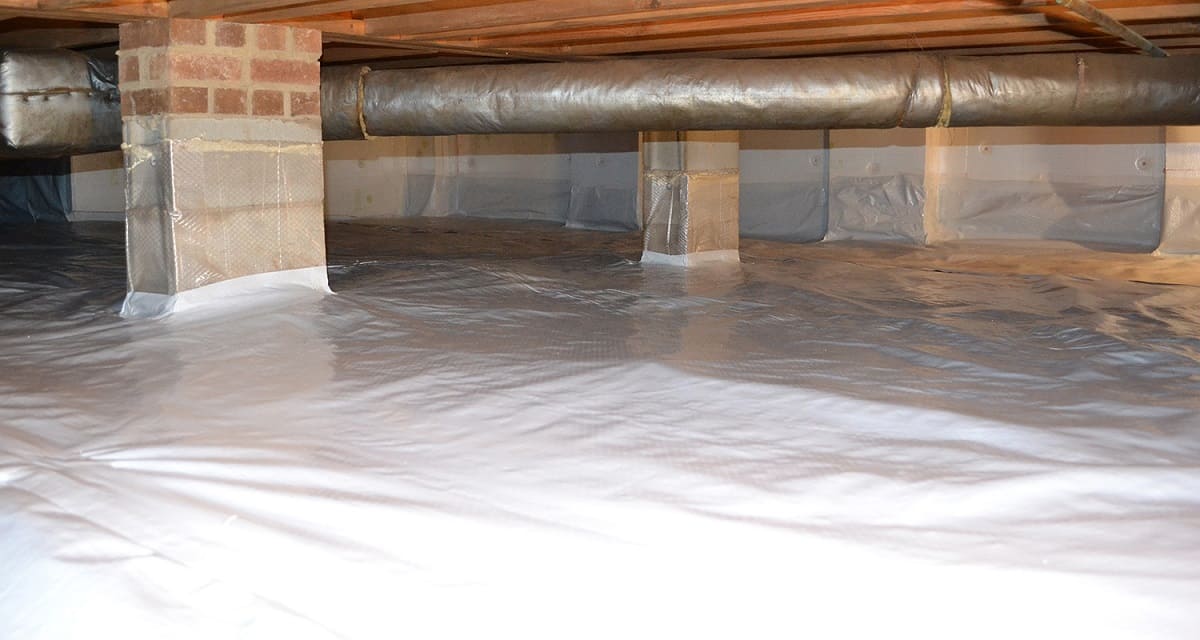
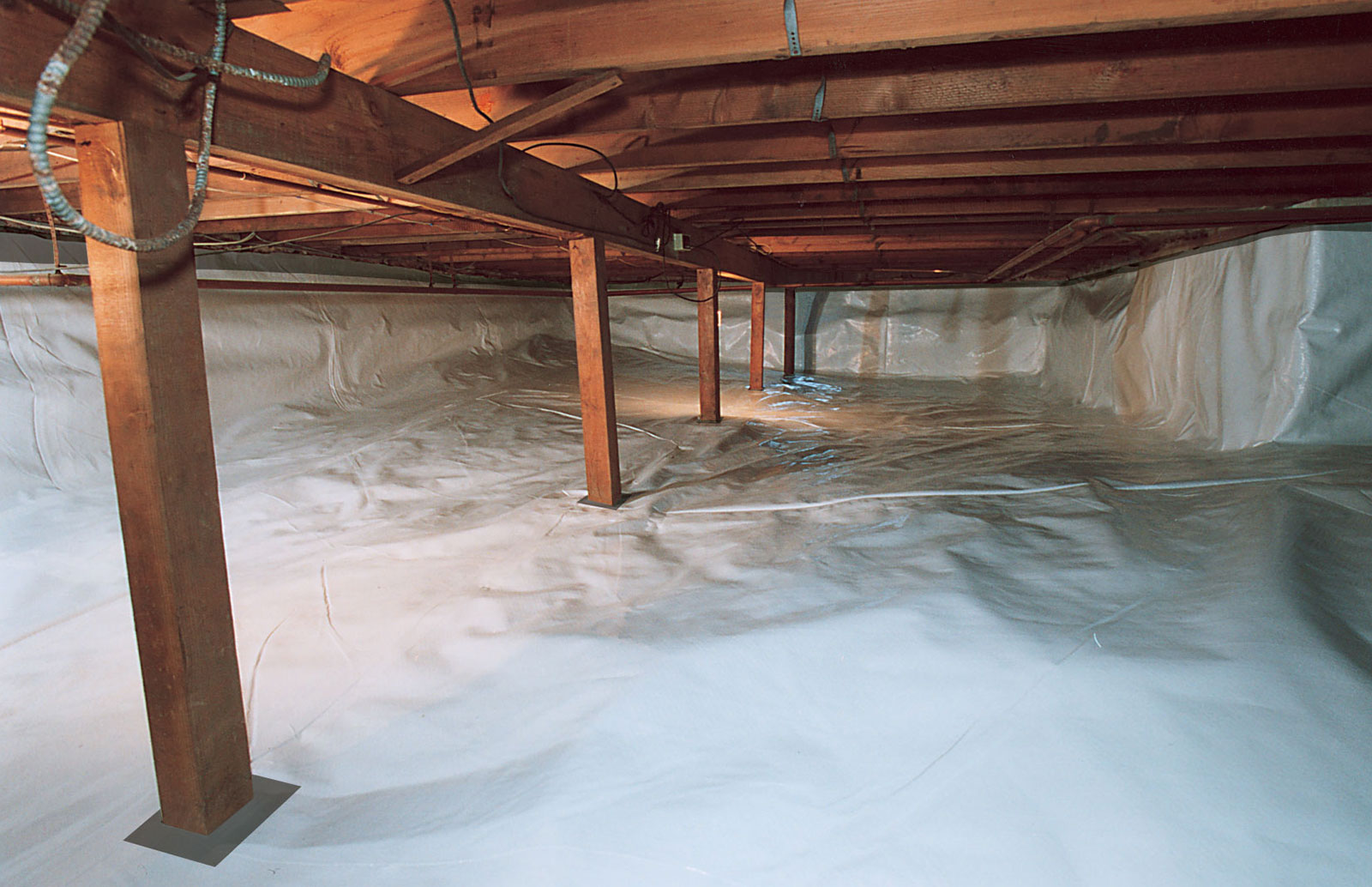
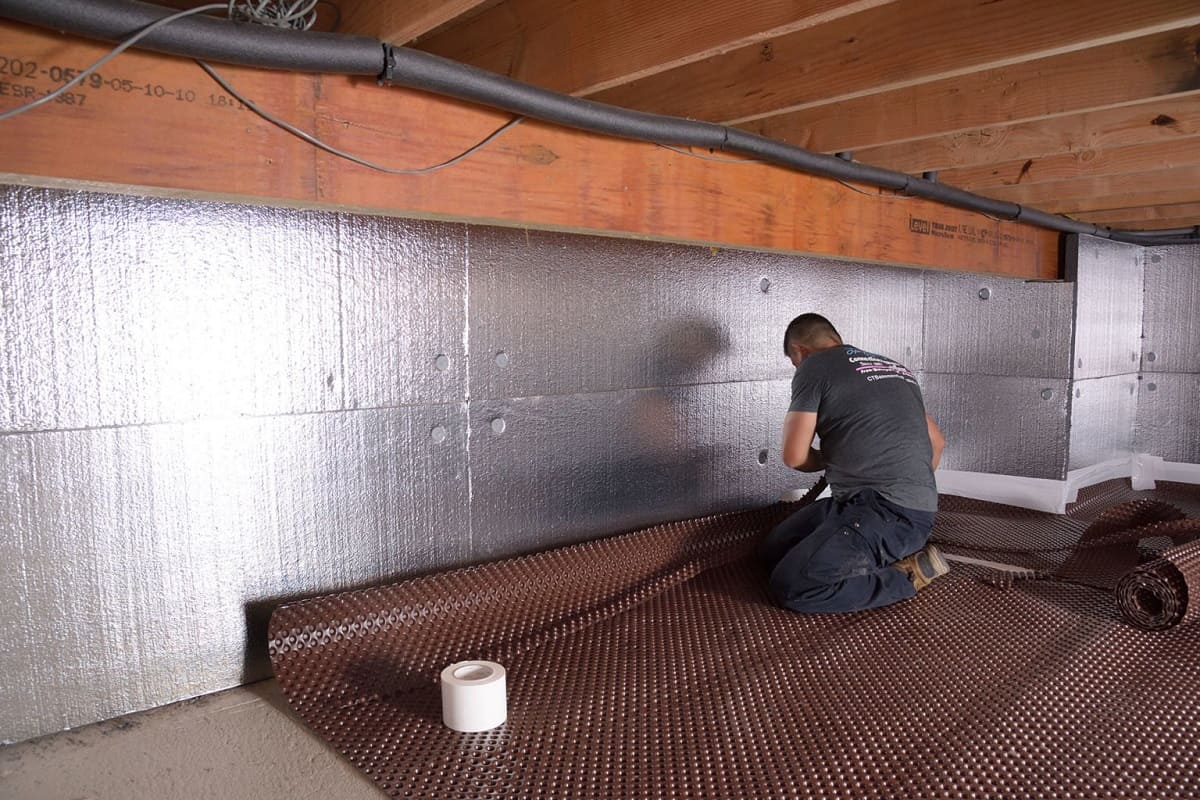

0 thoughts on “How To Fix A Crawl Space Foundation”